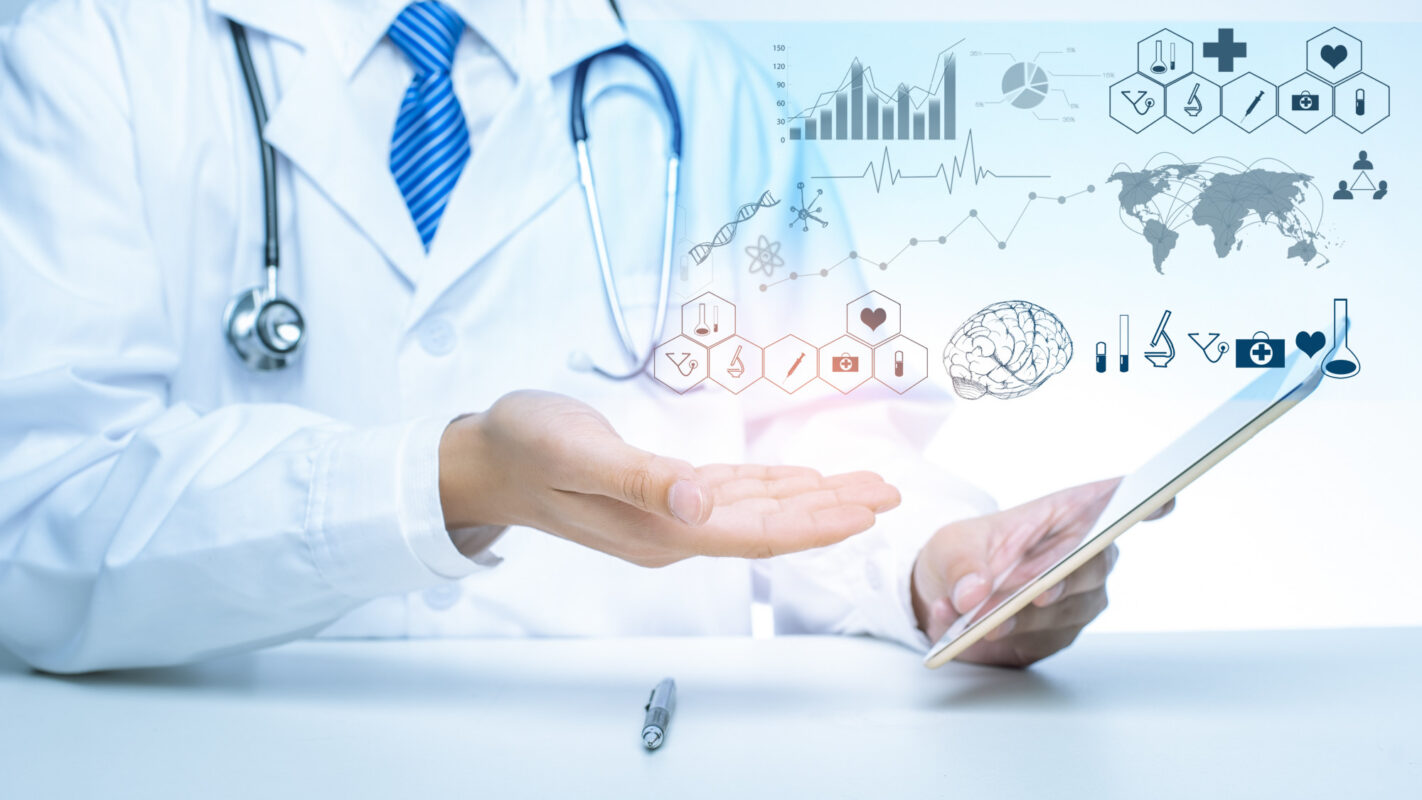
Everything You Need to Know About Health Data Protection
With constant changes in technology, the healthcare sector is undergoing a technological revolution. More organizations adopting things like cloud-based technology to provide better patient care and to improve efficiency.
All of these technological improvements are not without their vulnerabilities, though, and this can threaten compliance and affect the security of health data. Because patient data contains a lot of sensitive information, it’s of huge value to criminals.
All of this means that cybersecurity is one of the biggest challenges the healthcare industry faces. So, what can organizations do to ensure they are protecting patients’ information? The good news is that proper IT solutions for healthcare can handle all this and more.
To prevent a security breach, organizations need to be compliant with patient health data regulations, such as the HIPAA law. Here’s everything you need to know about health data protection.
Why Is Protecting Health Data So Important?
It’s essential for all organizations to take responsibility for securing sensitive data. This is all the more important in the healthcare sector. The industry is always going to be a target for hackers.
This is due to the nature of patients’ records and the number of staff that has access to these.
Another concern is the Internet of Things. Many medical devices are connected to the internet, opening them up to more vulnerabilities.
Ensuring the accuracy of healthcare data is vital. It could be the difference between life and death.
Due to the nature of the data carried by healthcare organizations, there is a responsibility to take care of and protect cybersecurity infrastructure. This is where the Health Insurance Portability and Accountability Act (HIPAA) comes into play.
If an organization doesn’t comply with HIPAA regulation, it could put health data in jeopardy and land the organization with a hefty fine.
What Are the Biggest Threats to the Security Of Health Data?
There are several threats to health data. Identity theft is one of the biggest concerns. Cybercriminals could steal information and make fraudulent claims. Alternatively, data could be stolen to resell for a profit.
Ransomware
It’s not uncommon to find ransomware attacks in the health sector. These involve hackers stealing data and trying to sell it back to the organization for a ransom. If the payment isn’t received, the data gets destroyed.
Insider Threats
All too often, insider threats go unmonitored while an organization focuses only on external threats. There could be an employee working for the organization that could be acting out of negligence, carelessness, or financial gain.
This type of threat could be detrimental to the network. An insider may have detailed knowledge about network setup and where vulnerabilities may lie.
Carrying out regular employee training will help prevent accidental leaking of information.
Distributed Denial of Service (DDoS) Attacks
The purpose of a DDoS attack is to compromise and disturb the organization’s network. It does this to the point where it no longer operates.
Devices and computers will be infected with malware that converts it to a bot that can be remotely controlled by the hacker. During such an attack, it’s impossible for the organization or for patients to access health data via websites or portals.
Knowing all about DDoS attacks is vital and the organization in question should put an IT security policy in place with the help of a medical device cybersecurity provider who can provide penetration testing and ensure that all devices are protected against this type of attack.
Electronic Medical Records
Electronic medical records (EMR) carry medical information including prescriptions and treatment information. These records are often stored on the cloud, however, there may be a greater risk, especially if the data is stored somewhere with different health data laws.
The Internet of Medical Things
The Internet of Medical Things (IoMT) relates to the different software and devices connected to a network.
The IoMT may streamline treatment and the way that data is handled, however, it may put the organization into a vulnerable situation.
Through wearable medical devices, a criminal may access the organization’s network, thus putting it at risk.
How Can an Organization Overcome Its Healthcare IT Security Issues
It’s vital to have an IT risk management program in place. This will ensure your network can be actively monitored and protected.
Some suggestions for monitoring solutions that will ensure you’re compliant include:
- Continuous monitoring
- Tightening access controls
- Having third-party risk assessments carried out
- Web-application security
Let’s take a closer look at these areas.
Continuous Monitoring
Cybersecurity is forever changing. It’s therefore vital that organizations stay alert to developing threats. Continuous monitoring is therefore essential as it lets an organization assess risks in real-time. Fortunately, you can utilize emr reporting technology to handle it for you, so you and your staff can focus on other things.
Tightening Access Controls
As previously mentioned, insider threats are all too often overlooked. Attacks could so easily come from inside your organization. To prevent this, tighten your access controls.
This not only lessens the risks but also helps eliminate user error.
Third-Party Risk Management
Having a third-party risk assessment is vital these days. Other organizations you connect with need to be risk-free. If they have a data breach, you might have one as a result.
If you need HIPAA security risk assessment it’s often best to call in a specialist organization to do this.
Web Application Security
This is the process associated with ensuring services such as websites, apps, and portals all remain secured. It is essential that you remain compliant. This is vital as the IoMT uses more and more devices and you need to protect your growing network.
Maintaining Health Data Security and Compliance
Maintaining security and compliance that surrounds health data should be a fundamental priority. Follow the guidelines laid out in HIPAA and make sure you keep your network safe from a security breach.
For more great articles, check out the rest of the site.

